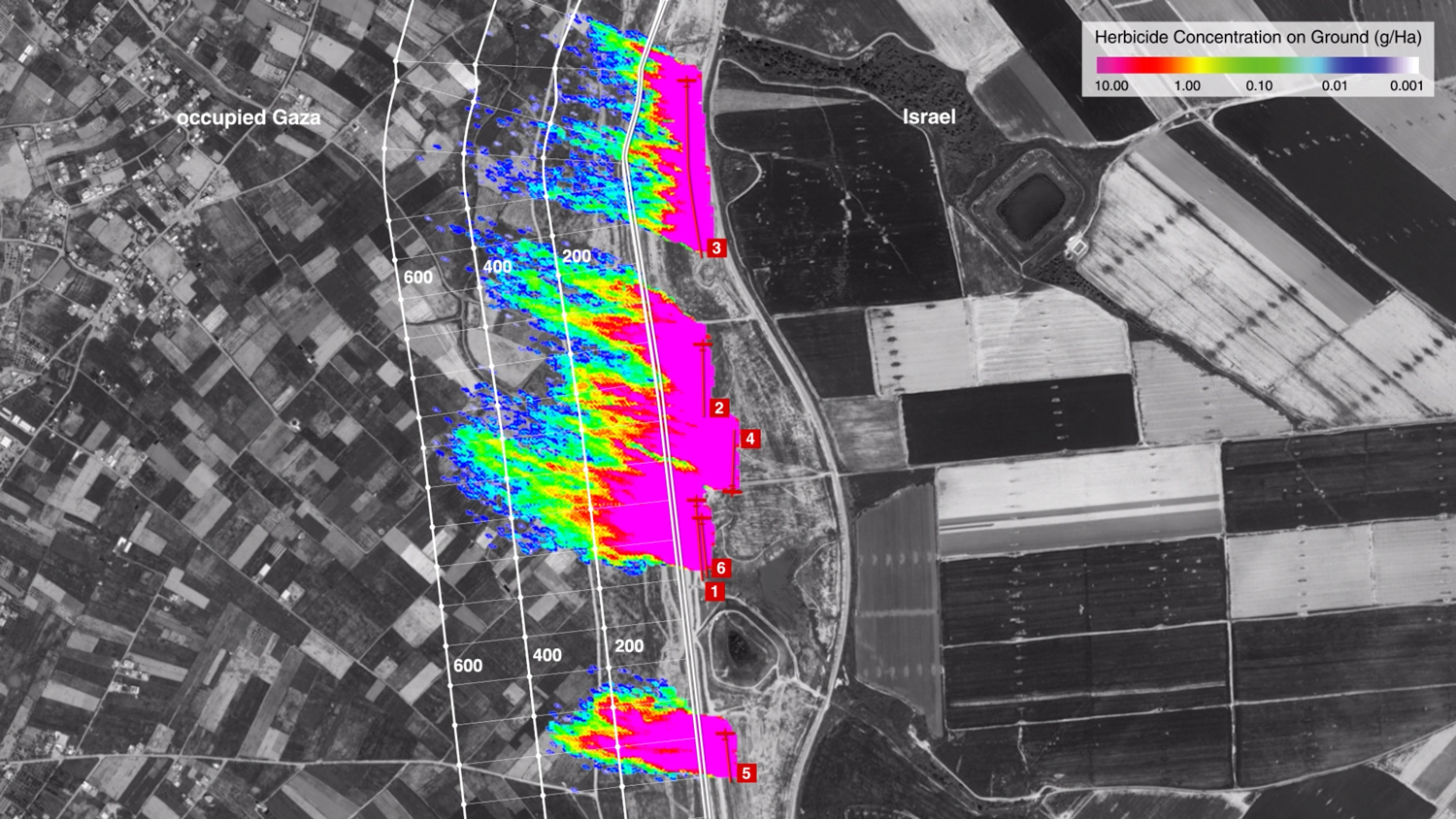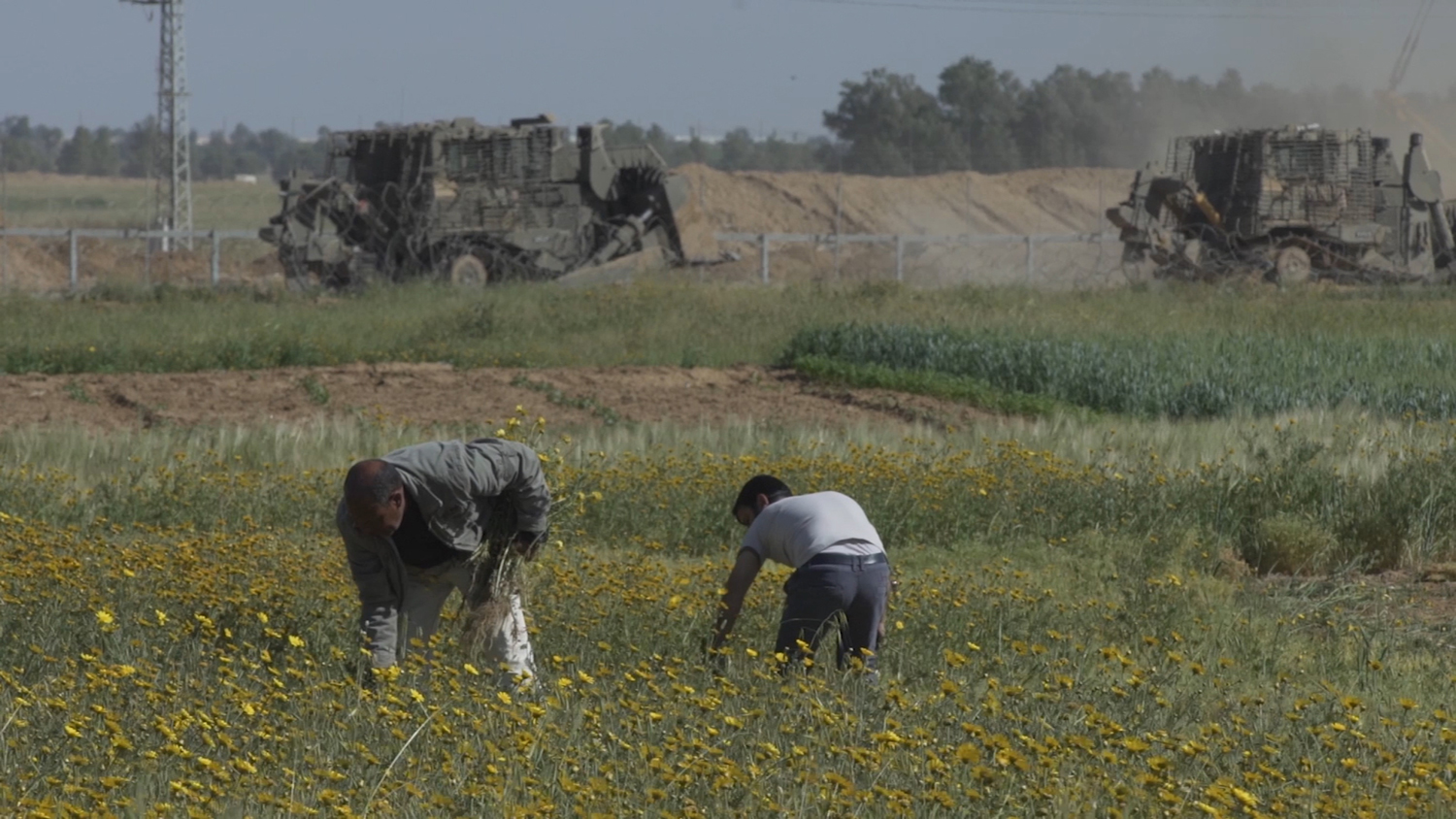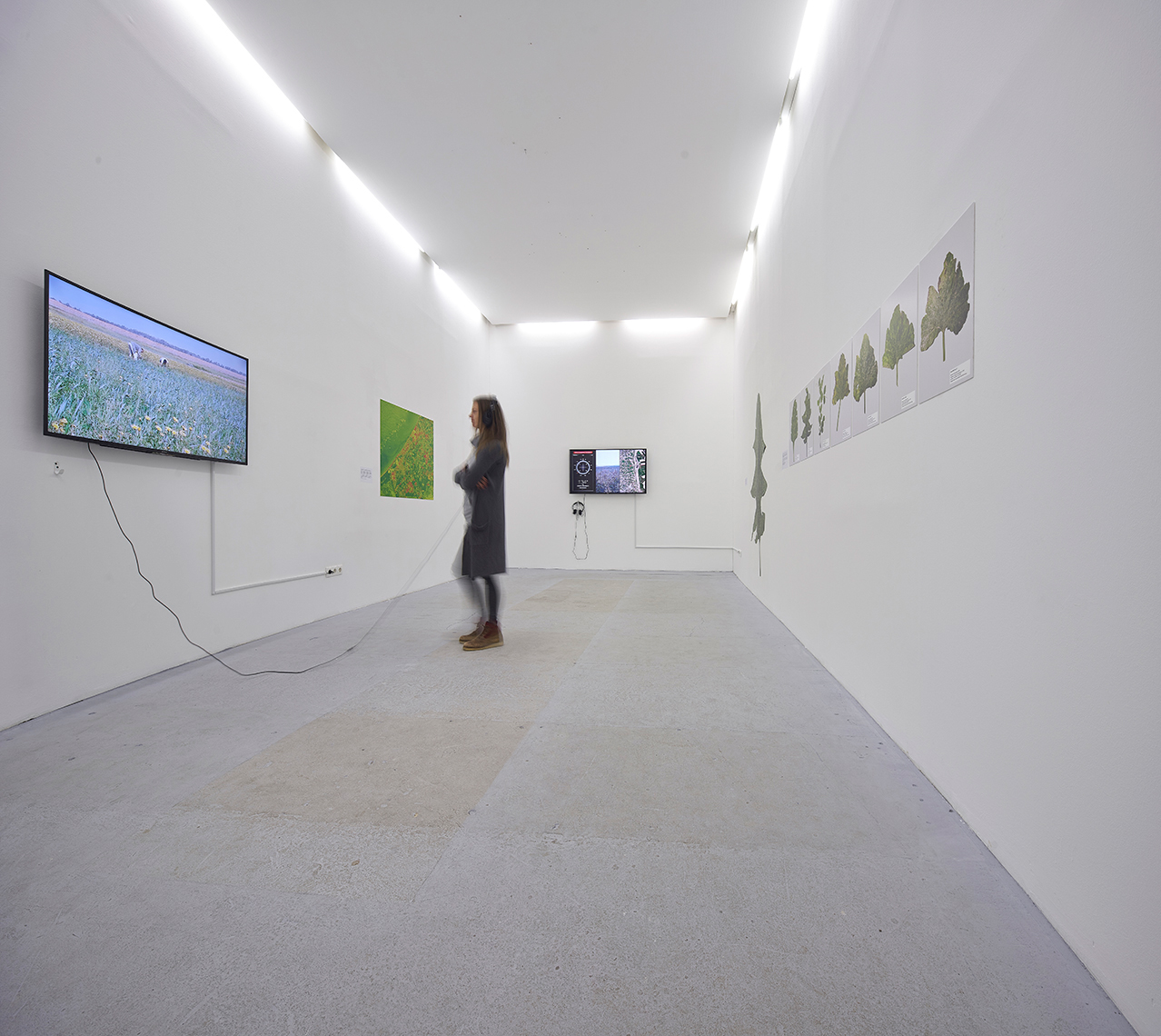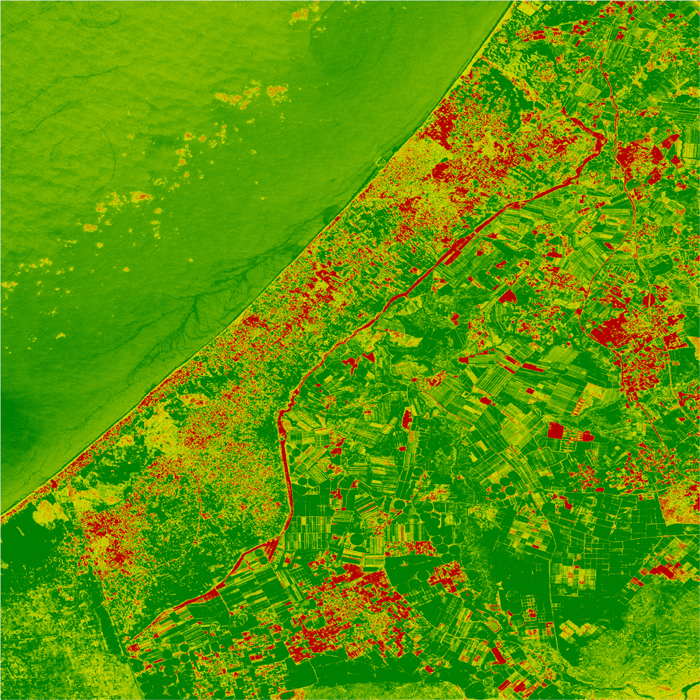Forensic Architecture's Center for Contemporary Nature (CCN)
As a research agency Forensic Architecture undertakes advanced spatial and media investigations into cases of human rights violations, with and on behalf of communities affected by political violence, human rights organisations, international prosecutors, environmental justice groups, and media organisations.
One of our research divisions in Forensic Architecture is dedicated to examining environmental violence. We call this unit the Center for Contemporary Nature (CCN).
The premise of CCN is that while historically, nature has been understood as a static, eternal backdrop against which human activity unfolds, today we must understand it as a situated historical project. In the era of massive environmental damage and rapid, anthropogenic climate change, “contemporary nature” is being updated alongside human history, interacting and becoming entangled with it.
A large part of anthropogenic changes to our environment is conflict. Violence against the environment may be slow, indirect, and diffused but it is enmeshed in colonial and military forms of domination.
In this exhibition, Forensic Architecture presents its investigation of the Israeli use of military herbicides in the occupied Gaza Strip in Palestine, where environmental destruction is mobilised as part of the production and fortification of the border.
This investigation describes forms of destruction that are both slow and fast, expanding the way of thinking about violence in the context of colonial domination.
Forensic Architecture:
Eyal Weizman (Director of Forensic Architecture)
Samaneh Moafi (Researcher, CCN)
Shourideh C. Molavi (Research and Project Coordination)
Robert Preusse
Robert Trafford
Imani Jacqueline Brown
Stefan Laxness
Grace Quah
Sarah Nankivell
Herbicidal Warfare in gaza, 2014 - ongoing
Since the establishment of the State of Israel in May 1948, known by Palestinians as al-Nakba (‘catastrophe’), the Gaza Strip has been subject to an almost seamless flow of Israeli military incursions with varying intensities. With each incursion, a military no-go area – or a “buffer zone” – has been produced along the entire northern and eastern perimeter of Gaza adjacent to Israel, extending into the Palestinian side of the border. The expanding buffer zone has increasingly isolated Gaza from the rest of historic Palestine.
Since 2014, the Israeli clearing and bulldozing of agricultural and residential lands along the eastern border of Gaza has been complemented by the unannounced spraying of crop-killing herbicides by air. Declaring herbicidal spraying as an ‘act of warfare’ to ensure optimal visibility for military operations, the Israeli army mobilizes wind direction to raze Palestinian fields hundreds of meters inside Gaza beyond its imposed buffer zone.
Until today, the ongoing practice of aerial spraying of herbicides has resulted in the destruction of entire swaths of arable land with massive losses in crops and livelihoods for Palestinian farmers.
The ‘desertification’ of a once lush and agriculturally active border zone has also provided the Israeli army with the visibility to target civilians approaching the area with lethal force from a distance.
Herbicide Investigation Team:
Eyal Weizman (Principal Investigator)
Shourideh C. Molavi (Research and Project Coordination)
Samaneh Moafi (Researcher, CCN)
Stefan Laxness
Grace Quah
Corey Scher
Salvador Navarro-Martinez
Robert Preusse
Imani Jacqueline Brown
With deep gratitude to the people who assisted with research in the field, sometimes under extremely difficult circumstances: Shurouq Al-Aila; Roshdi Al-Sarraj and the film crew at Ain Media Gaza; Samir Zaqout and the Al-Mezan Center for Human Rights; the Gaza Ministry of Agriculture; Gisha: Legal Center for Freedom of Movement; and Adalah: The Legal Center for Arab Minority Rights in Israel.
Forensic Architecture (FA) is a research agency based at Goldsmiths, University of London, consisting of architects, artists, filmmakers, journalist, software developers, scientists, lawyers, and an extended network of collaborators from a wide variety of fields and disciplines. Founded in 2010 by Prof. Eyal Weizman, FA is committed to the development and dissemination of new evidentiary techniques and undertakes advanced architectural and media investigations on behalf of international prosecutors, human rights and civil society groups, as well as political and environmental justice organisations, including Amnesty International, Human Rights Watch, B’tselem, Bureau of Investigative Journalism, and the UN, among others. Through their detailed and critical investigations, Forensic Architecture presents how public truth is produced – technologically, architecturally, and aesthetically – and how it can be used to confront authority and to expose new forms of state-led violence.
 The results of Forensic Architecture's analysis show the distribution of concentration of herbicide as it travels westward into Gaza. Image: Forensic Architecture and Dr. Salvador Navarro Martinez.
The results of Forensic Architecture's analysis show the distribution of concentration of herbicide as it travels westward into Gaza. Image: Forensic Architecture and Dr. Salvador Navarro Martinez.
 Photo: Damjan Švarc
Photo: Damjan Švarc A leaf from a local chard plant showing signs of possible herbicide damage after being sprayed in East Gaza. Image: Shourideh C. Molavi
A leaf from a local chard plant showing signs of possible herbicide damage after being sprayed in East Gaza. Image: Shourideh C. Molavi NVDI map displaying long-term changes to visual indicators of vegetation health across the Gaza region over the past three decades of Israeli occupation. Red indicates areas in which vegetation was completely eradicated. Vegetated areas that have degraded over time are shown across a gradient from yellow to red in order to illustrate the severity of degradation over time. Areas that have become greener over time are shown across a gradient of light to dark green and occur mainly on the Israeli side of the perimeter. Image: Corey Scher
NVDI map displaying long-term changes to visual indicators of vegetation health across the Gaza region over the past three decades of Israeli occupation. Red indicates areas in which vegetation was completely eradicated. Vegetated areas that have degraded over time are shown across a gradient from yellow to red in order to illustrate the severity of degradation over time. Areas that have become greener over time are shown across a gradient of light to dark green and occur mainly on the Israeli side of the perimeter. Image: Corey Scher